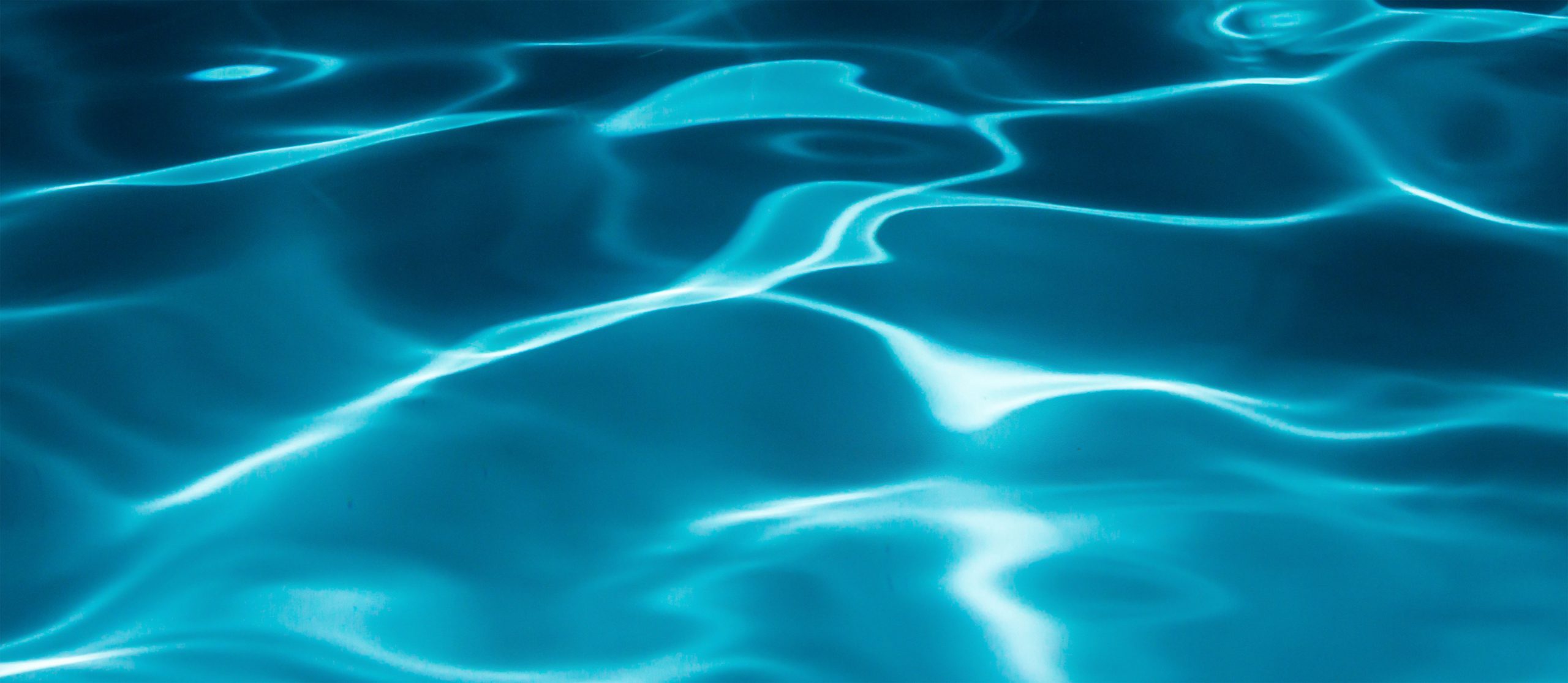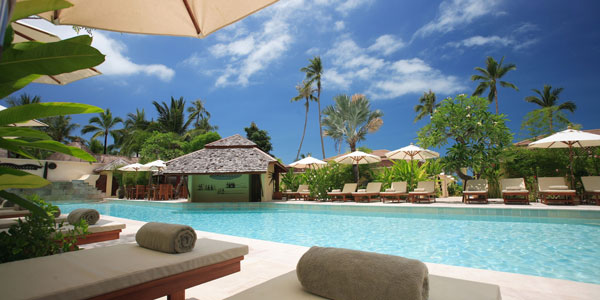Understanding Types of Chlorine for Proper Pool Maintenance Broward County
- December 9, 2016
- Uncategorized,
In order to make your pool look inviting, it is important that you do what you can in order to keep the water crystal clear. To maintain the water quality of your pool, you don’t have to be a chemist. However, you should understand the types of chlorine in order to keep your pool clear. For proper pool maintenance, Broward County has some good pool cleaning companies, but we would first like to tell you the difference between free chlorine, total chlorine, and combined chlorine.
Pool Maintenance Broward County
If you are a pool owner, living in Broward County, Florida, there are a variety of pool maintenance companies to clean and perform maintenance on your pool. All Florida Pool and Spa Center has a high customer satisfaction rate. Pool owners can receive pool skimming, hot tub maintenance, pool sweeping, PH balance, pool chlorination and much more.
In order to keep bacterial algae and bacterial pathogens from growing in the water, the chlorine level will need to be at a safe level. The chlorine test you perform should be between 1.0 and 3.0 ppm. If you choose to use bromine tablets over chlorine as the sanitizer, then the reading should be between 2.0 and 4.0 ppm. Due to the hot weather temperatures, humidity, and seawater in Florida, these are all natural events that can effect chlorine levels for pool owners seeking pool maintenance in Broward County. Speak with an All Florida Pool and Spa Center technician for more advice on the pros and cons of bromine and chlorine.
Free Chlorine
This type of chlorine is used in order to sanitize your pool – it’s the type of chlorine pool owners usually test for in the water. During the test, you should find 1 and 3 parts per million (ppm) in your pool water.
Look at it this way – when you add a chlorine compound to the water, it reacts with water and forms the compounds known as hypochlorite ion and hypochlorous acid. Together, these compounds are called “free chlorine.”
The main reason people use chlorine in the water is to disinfect it. Once the Free Chlorine is combined with nitrogen and ammonia compounds, it forms “combined chlorine.”
Combined Chlorine
It takes a total of 25 parts of combined chlorine to work the same as one part of free chlorine. During the test, if you find that the amount of Total Chlorine in the water is higher than the Free Chlorine reading, the difference between those two will indicate the level of Combined Chlorine in your pool. If you have readings that are the same, this means there isn’t any Combined Chlorine.
Total Chlorine
Total chlorine is the type of chlorine that sums up both combined chlorine and free chlorine.
Chlorine came into the picture in 1775 when Carl Scheele, a Swedish chemist took powdered pyrolusite and mixed it into muriatic acid – he discovered the element chlorine. Today, chlorine is one of the most widely used chemicals in the United States as it is found in multiple products, including pool sanitizer. If you own a swimming pool, it will require a constant level of chlorine in the water – the moment the level drops below 1.0 ppm, bacteria will start to thrive. All Florida Pool & Spa Center is a pool maintenance company located in Broward County. For pool owners seeking pool maintenance Broward County, turn to the experts to ensure that you have the proper levels of chlorine in your pool.


